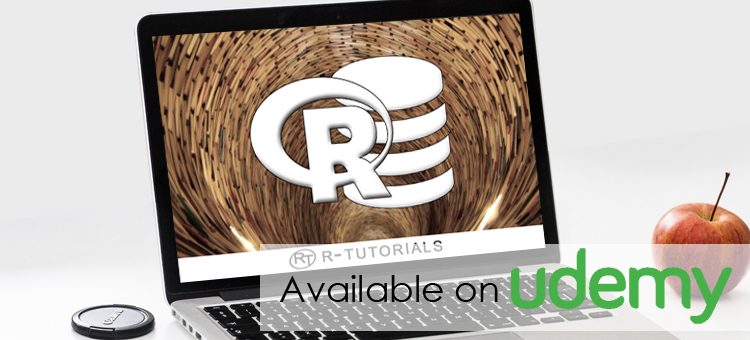R Data Pre-Processing and Data Management
Data Pre-Processing is the very first step in data analytics. You cannot escape it, it is too important. Unfortunately this topic is widely overlooked and information is hard to find.
With this course I will change this!
Data Pre-Processing as taught in this course has the following steps:
1. Data Import: this might sound trivial but if you consider all the different data formats out there you can imagine that this can be confusing. In the course we will take a look at a standard way of importing .CSV files, we will learn about the very fast fread method and I will show you what you can do if you have more exotic file formats to handle.
2. Selecting the object class: a standard data.frame might be fine for easy standard tasks, but there are more advanced classes out there like the data.table. Especially with those huge datasets nowadays, a data.frame might not do it anymore. Alternatives will be demonstrated in this course.
3. Getting your data in a tidy form: a tidy dataset has 1 row for each observation and 1 column for each variable. This might sound trivial, but in your daily work you will find instances where this simple rule is not followed. Often times you will not even notice that the dataset is not tidy in its layout. We will learn how tidyr can help you in getting your data into a clean and tidy format.
4. Querying and filtering: when you have a huge dataset you need to filter for the desired parameters. We will learn about the combination of parameters and implementation of advanced filtering methods. Especially data.table has proven effective for that sort of querying on huge datasets, therefore we will focus on this package in the querying section.
5. Data joins: when your data is spread over 2 different tables but you want to join them together based on given criteria, you will need joins for that. There are several methods of data joins in R, but here we will take a look at dplyr and the 2 table verbs which are such a great tool to work with 2 tables at the same time.
6. Integrating and interacting with SQL: R is great at interacting with SQL. And SQL is of course the leading database language, which you will have to learn sooner or later as a data scientist. I will show you how to use SQL code within R and there is even a R to SQL translator for standard R code. And we will set up a SQLite database from within R.
How do you best prepare yourself for this course?
You only need a basic knowledge of R to fully benefit from this course. Once you know the basics of RStudio and R you are ready to follow along with the course material. Of course you will also get the R scripts which makes it even easier.
The screencasts are made in RStudio so you should get this program on top of R. Add on packages required are listed in the course.
Again, if you want to make sure that you have proper data with a tidy format, take a look at this course. It will make your analytics with R much easier!



